Iceland and Norway are twin Nordic giants of natural beauty, each offering landscapes plucked from fantasy fiction and outdoor pursuits that border on the sublime. Both countries have grown exponentially in popularity, with nature enthusiasts seeking pristine landscapes and otherworldly scenery. Yet despite their proximity to one another geographically and their shared Norse heritage, these two places provide remarkably disparate nature experiences for travelers willing to venture to Europe’s northern edges.
What follows is a tally of 20 reasons Iceland and Norway compete for the attention of nature lovers, where the unique outdoor experiences of each nation are showcased.
Volcanic Landscapes vs. Fjord Systems
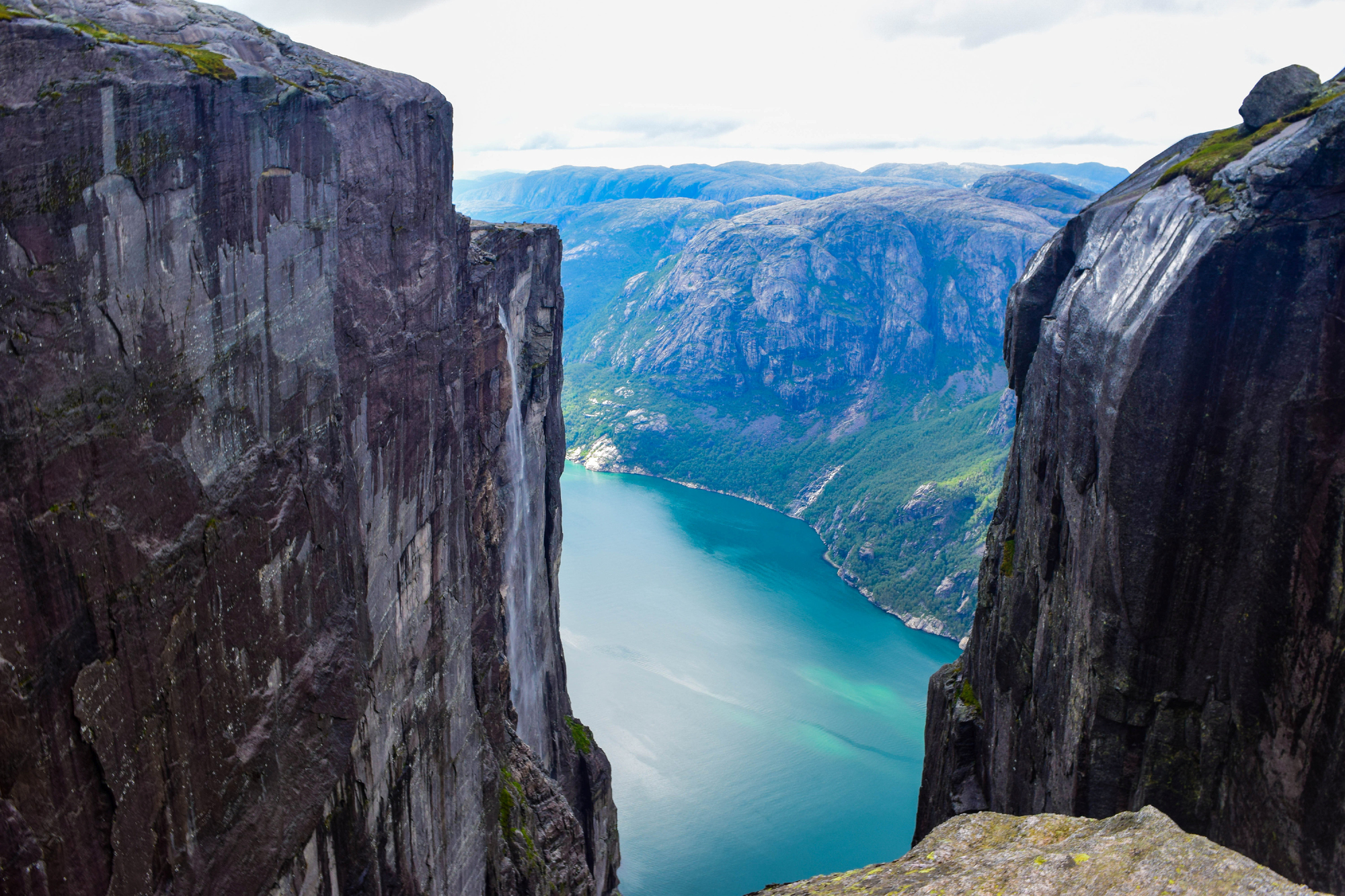
Iceland offers active volcanism with steaming vents, bubbling mud pools, and recent lava fields that create an ever-changing landscape where the visitor can observe the literal creation of new earth. Norway answers with its amazing fjord system carved by ancient glaciers, creating dramatic waterways bordered by towering cliffs dropping thousands of feet straight into crystal-clear waters.
Iceland’s landscape is dynamic and volatile, while Norway’s is majestically sculpted and permanent.
Waterfall Accessibility
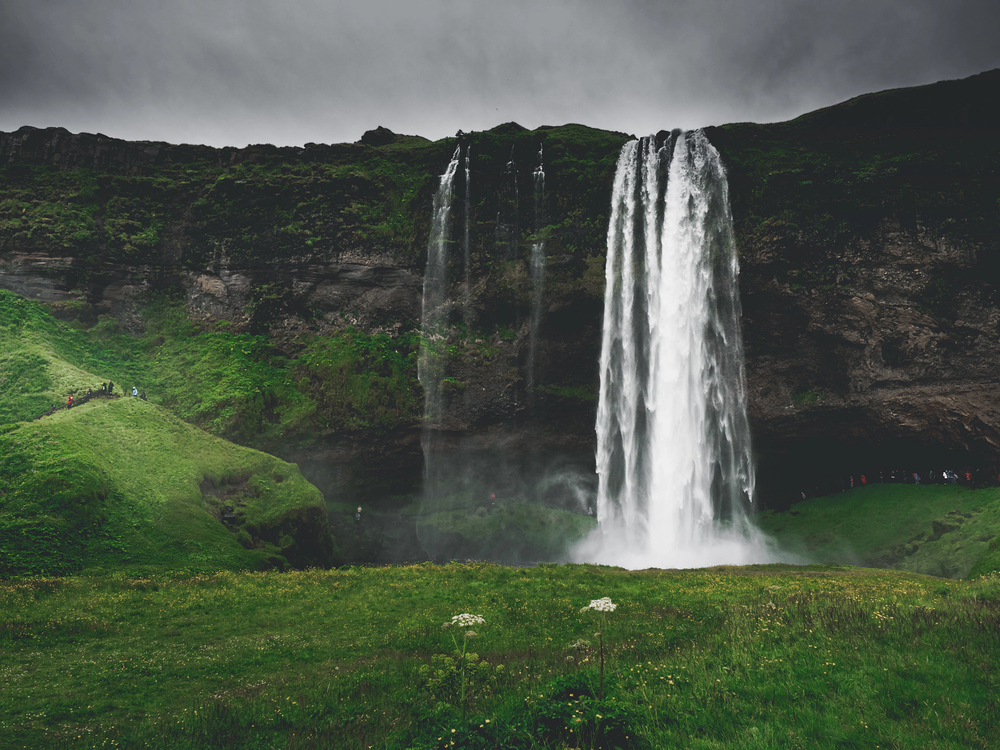
Iceland offers excellent waterfall density with dozens of major cascades within a stone’s throw of the main Ring Road, such that visits to such falls as Skógafoss, Seljalandsfoss, and Gullfoss involve no serious hiking or special transport. Norway’s most spectacular waterfalls typically require more work to reach, with many tucked deep within fjord systems or requiring boat trips and hikes to see.
However, the journey typically repays with more secluded viewing chances. The contrast creates different rhythms of discovery, with Iceland offering straightforward waterfall-touring and Norway more dedicated waterfall adventures.
Like Travel Pug’s content? Follow us on MSN.
Forest Experiences
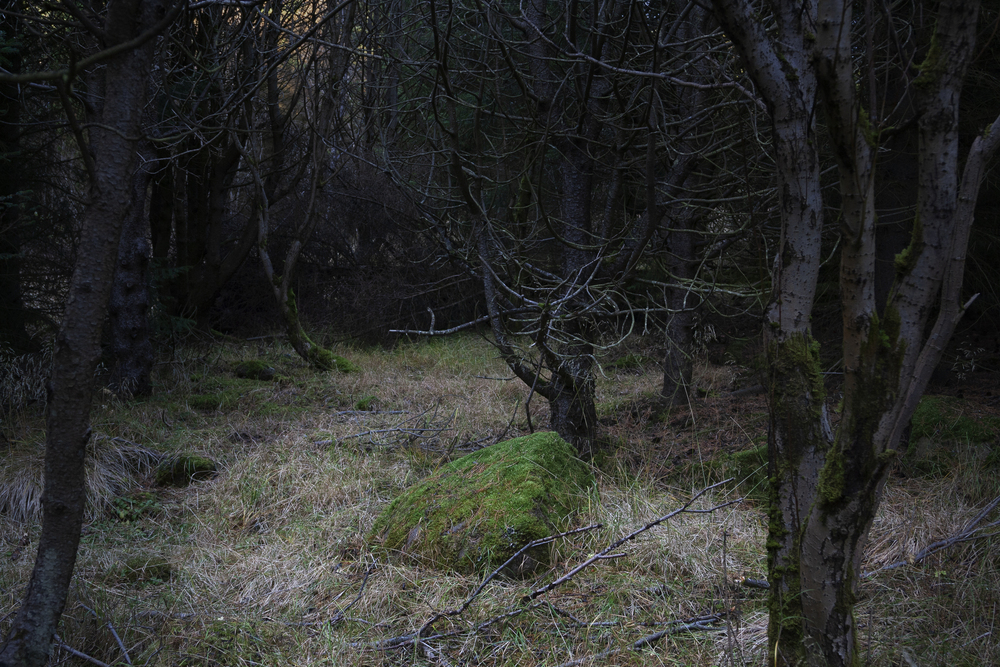
Norway has widespread forest cover, with around 37% of its land area sustaining lush woodland habitats, offering walkers immersive experiences under the canopy of pine, spruce, and birch trees. Iceland has an almost treeless landscape with forest cover of less than 2%, forming wide-open spaces where visibility stretches for miles in most areas, and trees become prominent landmarks instead of ubiquitous features.
This underlying distinction offers contrasting atmospheric experiences, with Norway offering enclosed, protected natural spaces and Iceland’s wide-open, exposed landscapes.
Wildlife Encounters
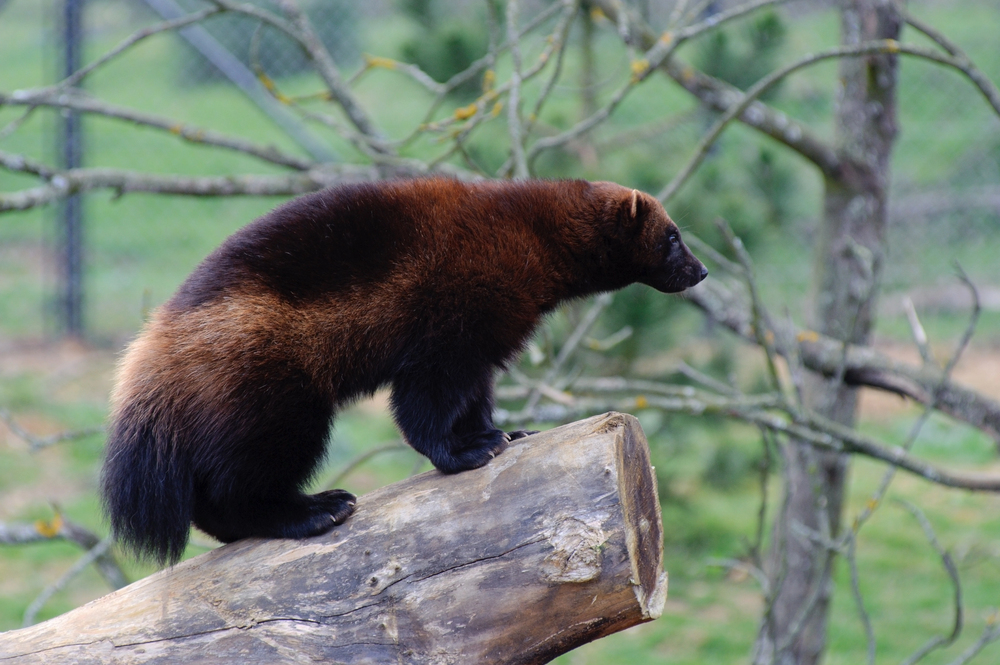
Norway supports diverse land mammals like elk, reindeer, wolverines, lynx, and even brown bears across its various ecosystems, offering real wildlife viewing experiences in its wilderness areas. Iceland lacks native land mammals almost entirely, except for the Arctic fox, and wild reindeer are only present in the east, so birdwatching is the primary wildlife activity, particularly for puffins and other seabirds in coastal areas.
Sea life is still abundant in both countries, though Norway’s longer, more complex coastline sustains a different array of species.
Glacier Accessibility

Iceland is home to numerous glaciers with developed access and guided tours, some within short walks from parking areas, so glacier visits are accessible to travelers with a variety of physical abilities. Glaciers in Norway tend to have more technical approaches or boat-based access, with fewer drive-up glacier experiences but more pristine conditions for those willing to put in the effort.
This accessibility difference has a large impact on how easily casual travelers can incorporate glacier visits into their itinerary.
Like Travel Pug’s content? Follow us on MSN.
Northern Lights Viewing Conditions
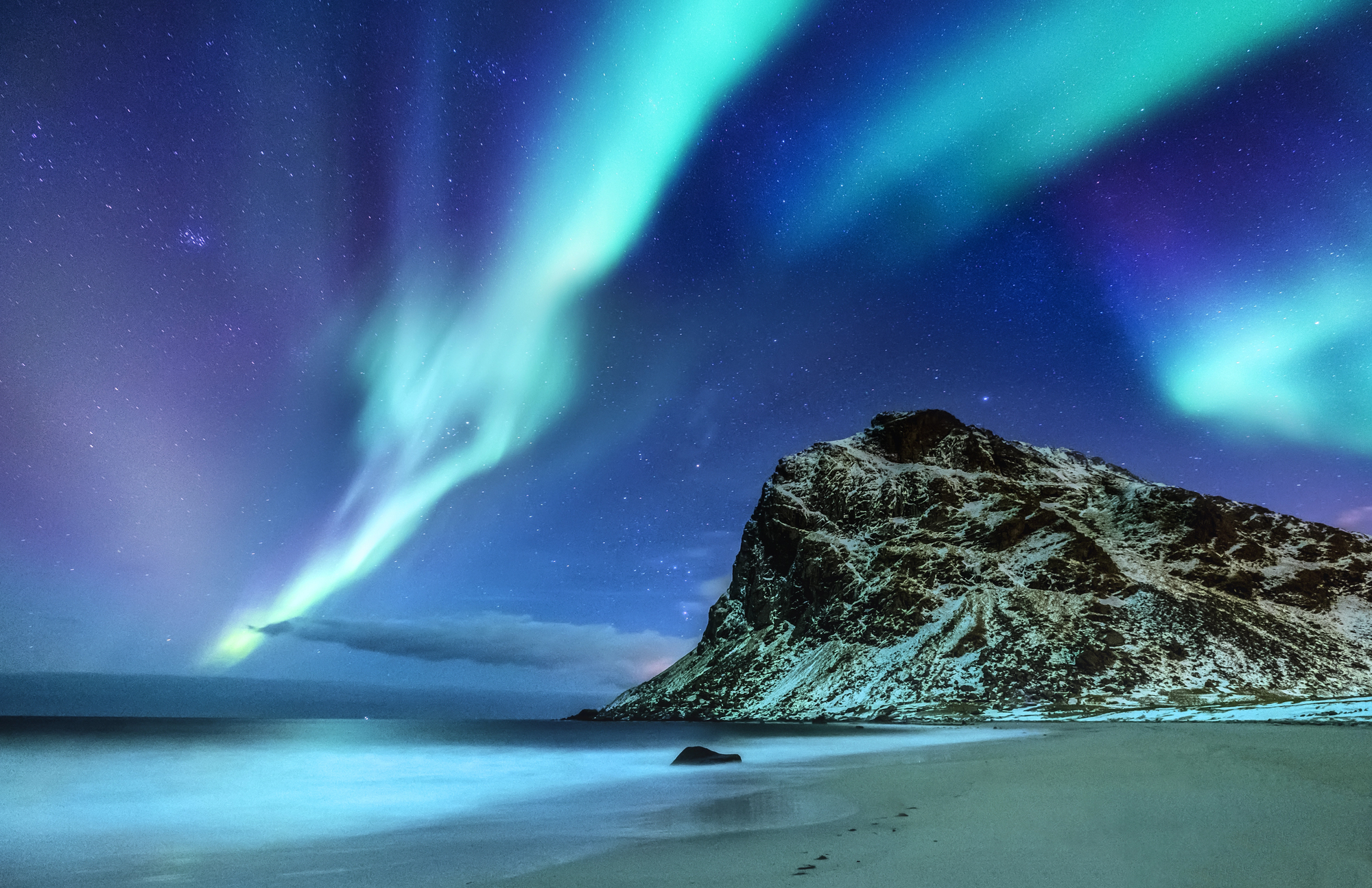
Iceland’s position a little south of the Arctic Circle provides northern light exposure during winter months across the entire nation at relatively temperate temperatures for corresponding latitudes in continental landmasses. Norway provides more variable aurora possibilities, from southern locations with fewer frequent displays to northern locations within the Arctic Circle, where more frequent and stronger displays occur during winters.
Norway’s greater north-south range creates more graduated possibilities for aurora viewing in its different regions and seasons.
Hiking Infrastructure
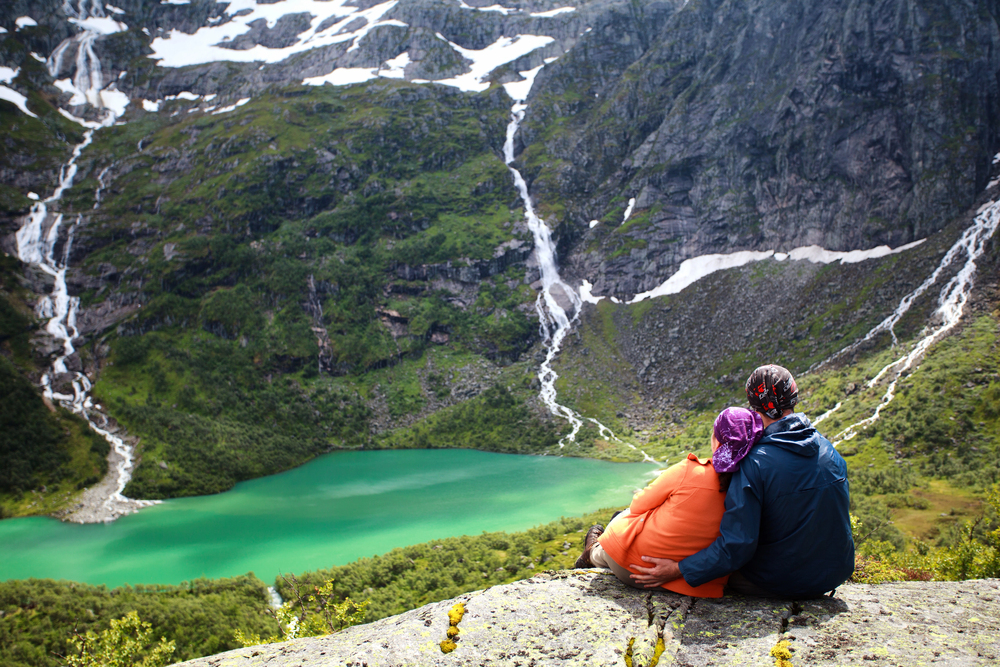
Norway boasts one of the most advanced hiking networks in the world through the Norwegian Trekking Association, with over 550 mountain cabins and 13,670 miles of marked trails, creating a large system for multi-day treks. Iceland possesses a less established formal trail network with fewer established trails and mountain huts, creating more challenging logistics for multi-day treks but a greater opportunity for wilderness experience beyond established trails.
These infrastructural differences significantly influence the level of self-sufficiency required for hardcore hiking in both countries.
Hot Spring Experiences
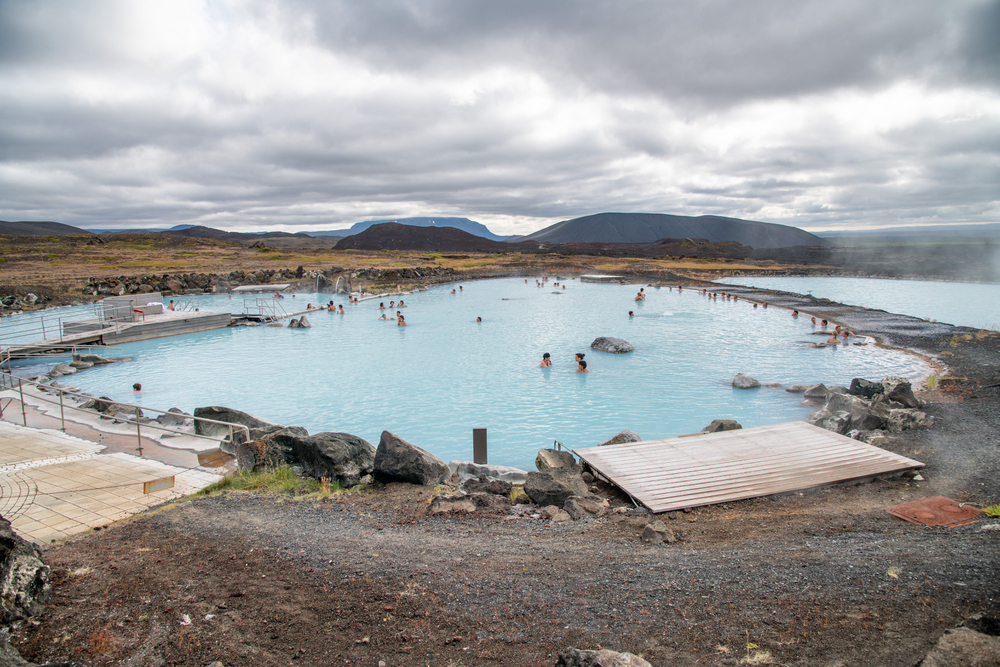
Iceland boasts the finest geothermal experiences, ranging from developed spas like the Blue Lagoon to natural wilderness hot springs in the backcountry, with a bathing culture deeply rooted in daily Icelandic life. There is less geothermal bathing in Norway, with fewer hot springs and less of a culture of public bathing outside of traditional saunas, so this aspect of Nordic living is much more of a highlight of the Icelandic visitor experience.
Being able to bathe in naturally warmed water surrounded by dramatic nature is one of the defining Icelandic experiences that is much less available in Norway.
Like Travel Pug’s content? Follow us on MSN.
Mountain Formations
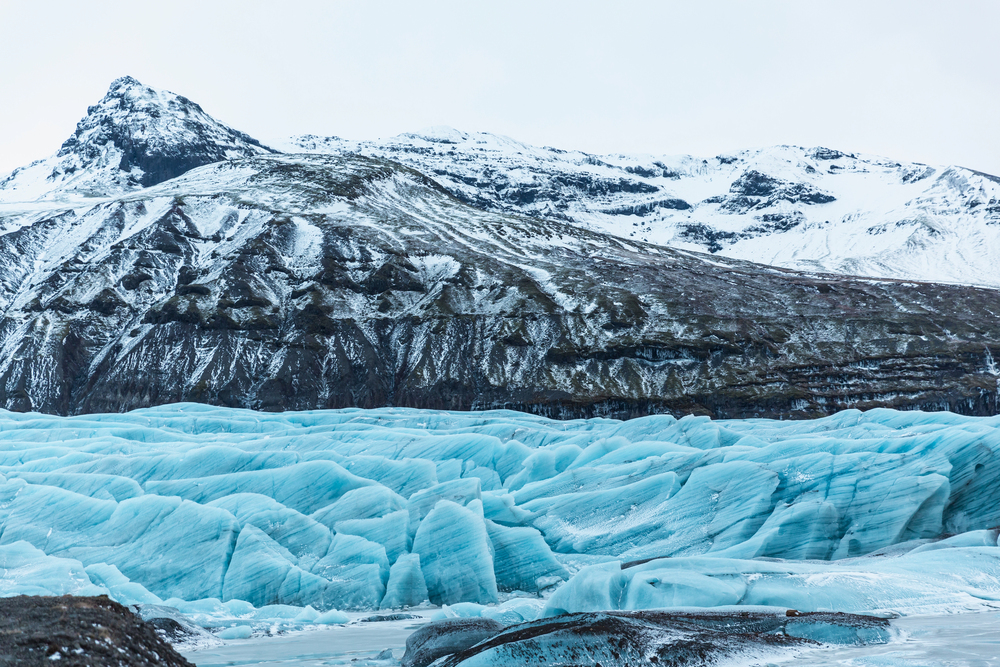
Norway possesses additional traditional alpine topography with jagged peaks, steep valleys, and classic mountain profiles shaped by millions of years of tectonic forces and glacial erosion. Iceland’s mountains feature more unusual formations directly related to the volcanic nature of the island, including flat-topped table mountains resulting from subglacial eruptions and multicolored rhyolite peaks with vibrant mineral striations differing from the usual mountain color schemes.
These differing mountain-forming processes offer very different visual opportunities and hiking atmospheres.
Coastal Experiences
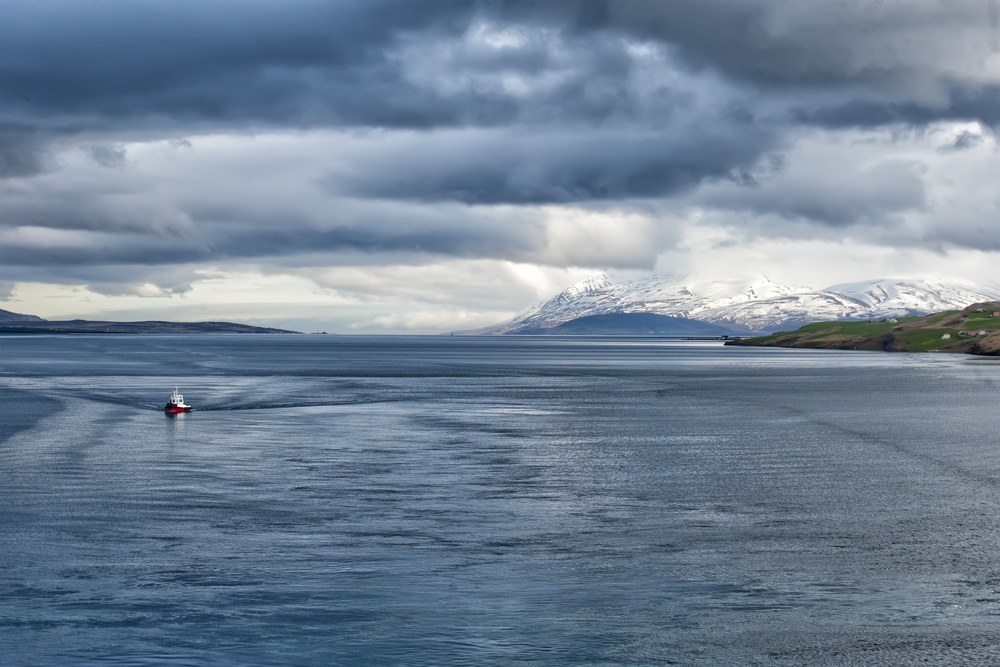
Norway’s rugged coastline stretches over 62,000 miles if all fjords and islands are counted, creating an almost limitless variety of seascapes from sandy beaches to perpendicular cliffs, with coastal communities maintaining intense maritime traditions. Iceland’s less complicated coastal perimeter runs for around 3.100 miles with sea cliffs, black sand beaches, and basalt stacks, with a greater sense of exposure to the open Atlantic Ocean rather than sheltered waterways.
The Norwegian coastal experience is more sheltered and intimate, while Iceland’s is combative and more dramatic with the forces of the ocean.
Midnight Sun Duration
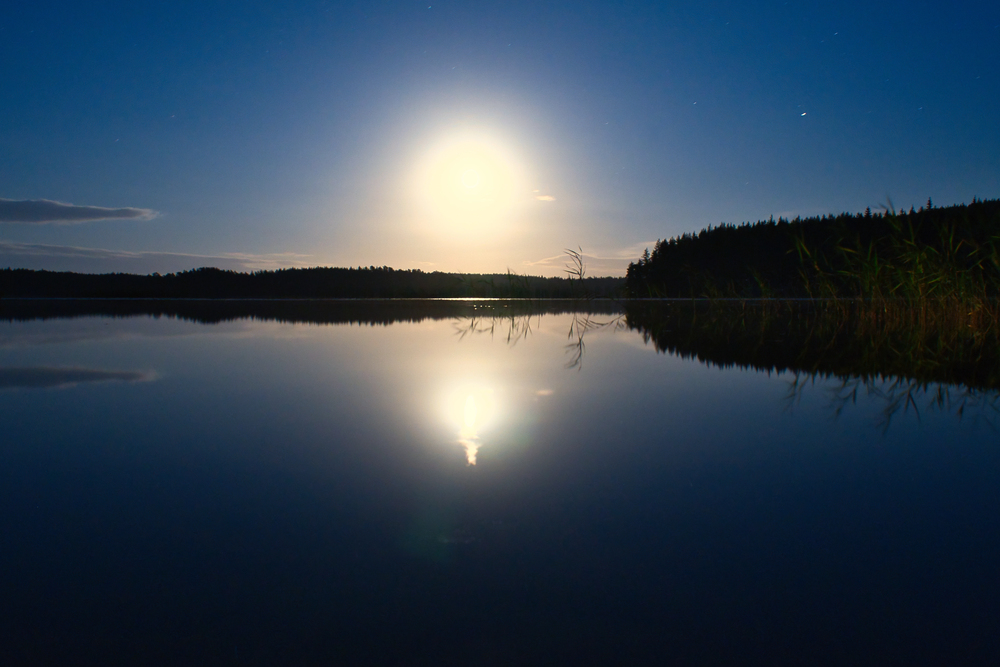
Norway’s greater north-south extent means that its northern regions have longer periods of midnight sun, with places like Tromsø experiencing constant daylight from late May to late July, offering longer opportunities for this phenomenon. Iceland experiences midnight sun only for a few weeks, typically from the middle of June to the end of June. However, the entire country does get extended daylight during the summer, with even the south experiencing brief darkness.
This difference affects summer travel plans for those with a specific interest in more extended periods of actual midnight sun activities.
Like Travel Pug’s content? Follow us on MSN.
Ice Cave Exploration
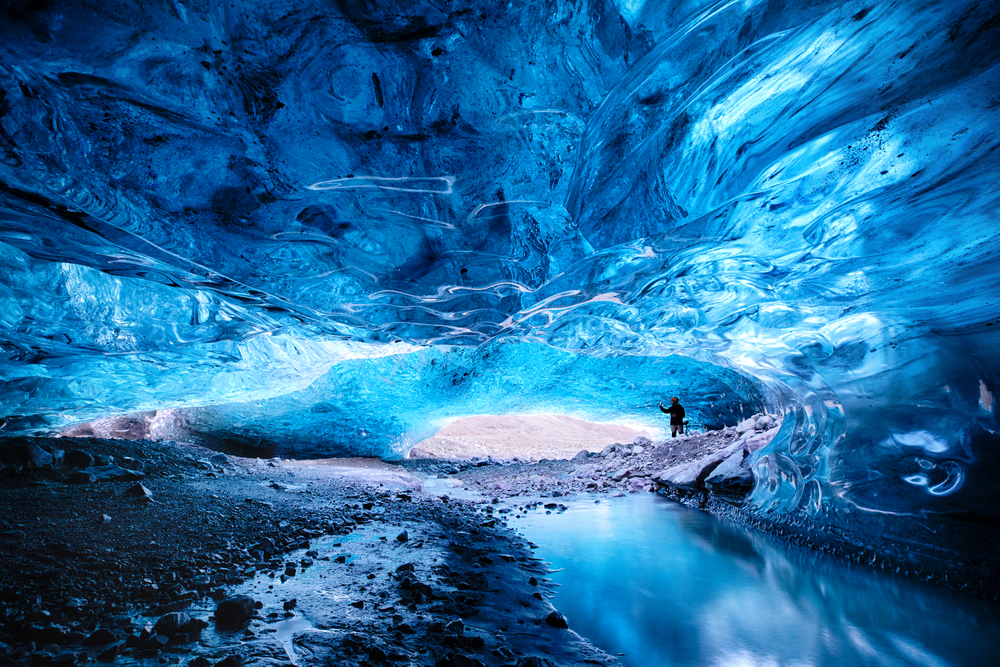
Iceland boasts some of the world’s most accessible glacier ice caves, particularly in Vatnajökull, where guided winter tours allow visitors to explore stunning blue chambers formed by meltwater passing through glacial ice. Norway has fewer commercial ice cave tourism developments, and ice phenomena are generally in more inaccessible glacial regions with more technical access using specialist guides.
Iceland’s more developed ice cave tourism infrastructure makes these otherworldly experiences accessible to a greater range of visitors with different physical abilities.
Desert-Like Landscapes
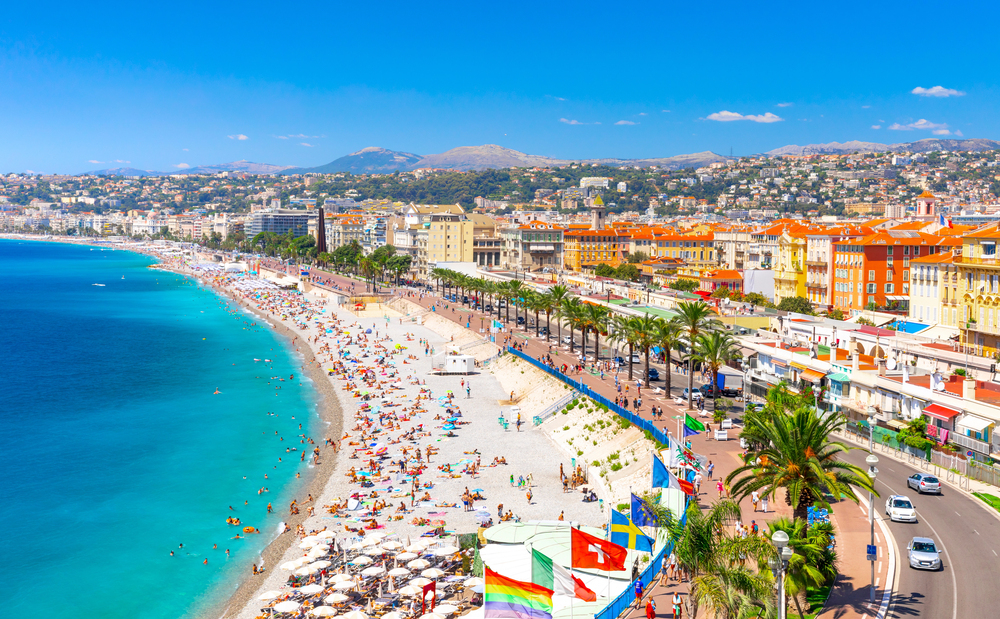
Iceland contains amazing highland desert landscapes like Landmannalaugar, where colorful rhyolite mountains rise from black sand plains to create landscapes that are more similar to Mars than the typical northern landscapes. Norway lacks true desert-like scenery, maintaining consistent vegetation cover across most of its territory with minimal naked patches beyond high alpine regions above the tree line.
This contrast gives Iceland a greater range of landscape types within a small geographical area, including environments that seem completely extraneous to the overall Nordic landscape.
Troll-Friendly Formations
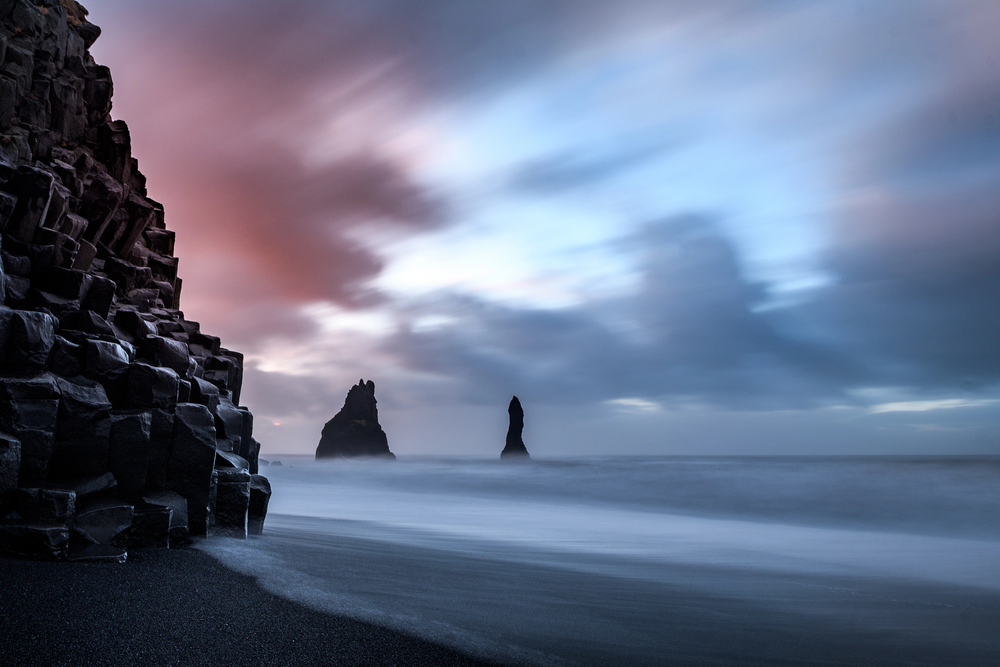
Iceland has fully adopted its folklore heritage of hidden people and trolls, with numerous rock formations officially named after troll legends, e.g., Reynisdrangar sea stacks, which were supposedly formed when trolls were turned to stone by sunrise as they were drawing ships ashore. Norway shares the same folklore but has fewer prominent geological formations specifically named with troll legends in tourist literature.
However, its forests are undoubtedly reminiscent of traditional hiding places for mythological creatures. Both countries associate landscape with folklore, but Iceland more actively seeks these associations as a natural resource.
Like Travel Pug’s content? Follow us on MSN.
River Systems
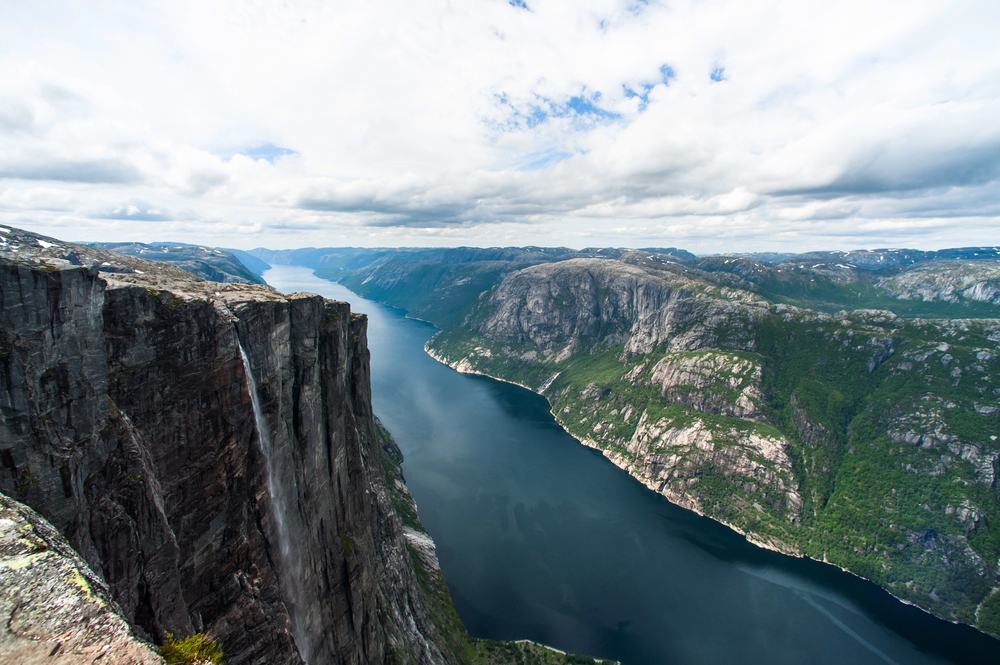
Norway boasts enormous river systems with powerful watercourses carrying snowmelt and glacial runoff through mature valleys, creating world-class rapids for white-water rafting and kayaking. Icelandic rivers are shorter and have more unstable flow regimes directly impacted by geothermal activity, glacial floods (jökulhlaups), and recent volcanic activity that can radically alter river courses within human lifetimes.
The Norwegian river experience offers more stable conditions for water sports, but Iceland’s offers us dreams of more dynamic hydrological systems influenced by volcanic activity.
Scenic Driving Routes
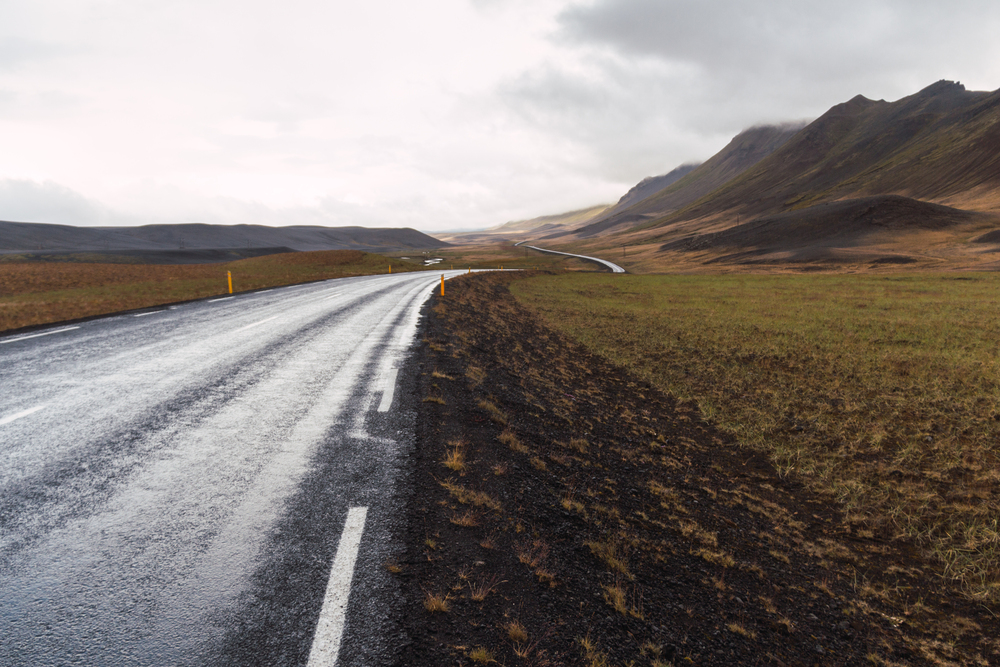
Iceland’s Route 1 (Ring Road) circles the entire island, allowing travelers to see amazingly diverse landscapes without doubling back or creating tortured connections between areas. Norway’s scenic routes are less unified, requiring more complex connections between many great drives like Atlantic Ocean Road, Trollstigen, and Geiranger-Trollstigen, but with each stretch of very high quality.
Iceland is more straightforward to plan and drive for road-trippers, yet Norway must have routes better planned to connect its most spectacular driving moments.
Winter Accessibility
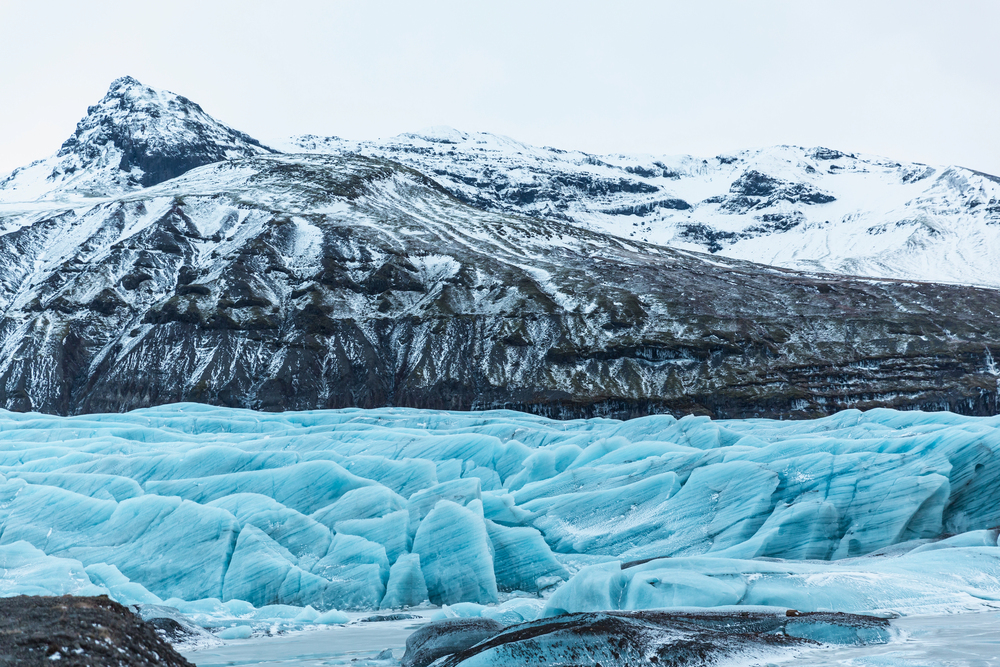
Iceland’s accessibility is relatively consistent year-round. Winter results in some closure of highland roads, but most of the major sites remain accessible via regular vehicles or short tours from populated regions. Norway’s winter transport challenges are more severe, particularly in mountainous passes and rural regions where roads may close entirely, though its better-developed public transportation network partially offsets these limitations.
These variations in seasonal accessibility affect winter travel planning and the extent of activity possible during cooler months.
Like Travel Pug’s content? Follow us on MSN.
Moss-Covered Wonderlands
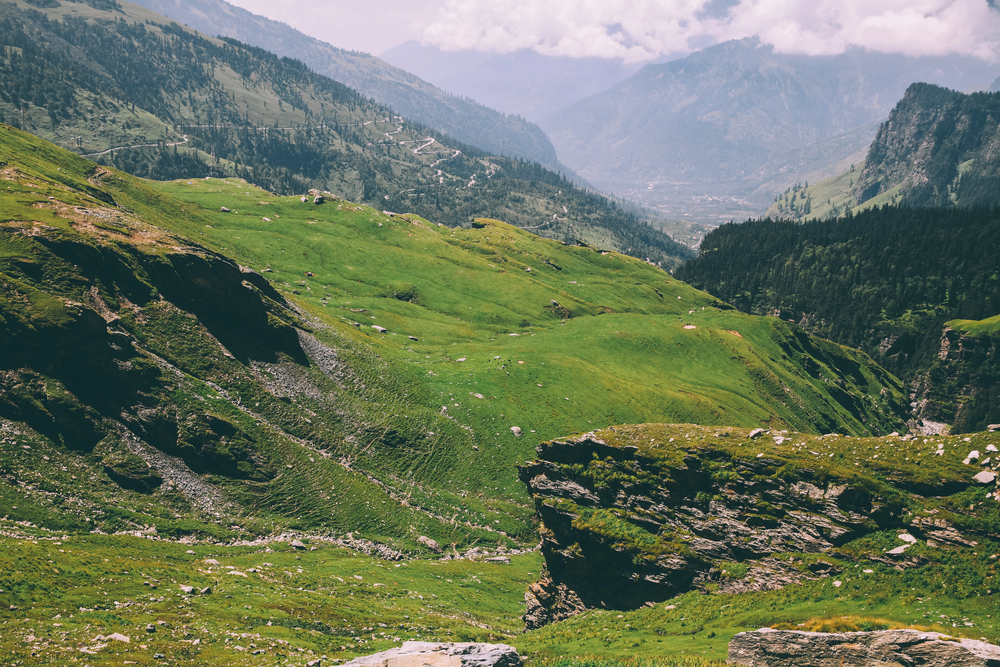
Iceland is home to amazing moss landscapes, most strikingly across lava fields where bright green moss patches cover black volcanic rock in jarring color contrasts that seem nearly artificially engineered. Norway’s moss, on the other hand, becomes integrated into diverse forest ecosystems more frequently than it constitutes separate landscapes unto itself, blending into more generalized woodland environments rather than being a defining feature.
The Icelandic moss fields create some of the country’s most idyllic landscapes, appearing otherworldly and primeval compared to Norway’s more traditional forest floor ecosystems.
Canyon Experiences
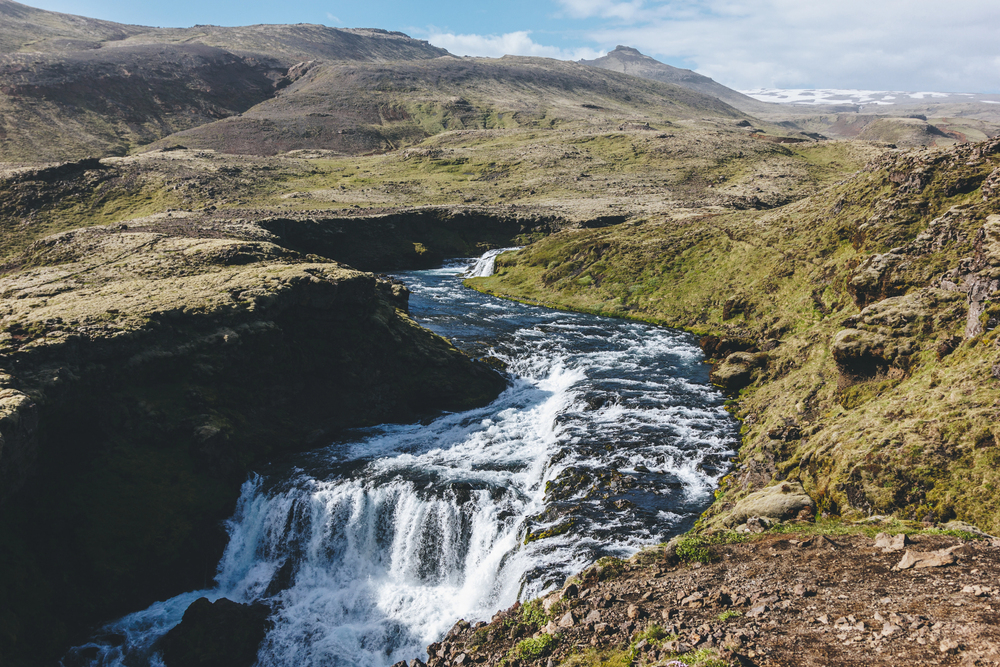
Iceland is home to breathtaking canyons like Fjaðrárgljúfur, with its sinuous patterns and moss-covered walls that create almost surreal geometric forms carved by glacial meltwater. The gorges of Norway are steeper and more vertical.
They are often part of larger fjord systems rather than separate features, with the dramatic Måbødalen representing classic V-shaped valley profiles. The Icelandic canyons are often more sculptural and isolated, while Norwegian gorges are often part of larger mountain and fjord systems.
Camping Freedom

Norway has the right to roam (allemannsretten), which is established by law and allows wild camping in almost any natural area with basic guidelines for distance from structures and leave-no-trace practices. Iceland has progressively restricted wild camping in the face of tourist pressure, now requiring tourists to utilize official campgrounds in many areas, particularly along the popular itineraries, which limits the ability to camp at many of the scenic locations.
This regulatory difference significantly impacts how visitors can have immersive overnight experiences amidst the natural landscapes of each country.
Like Travel Pug’s content? Follow us on MSN.
Twin Treasures of the North
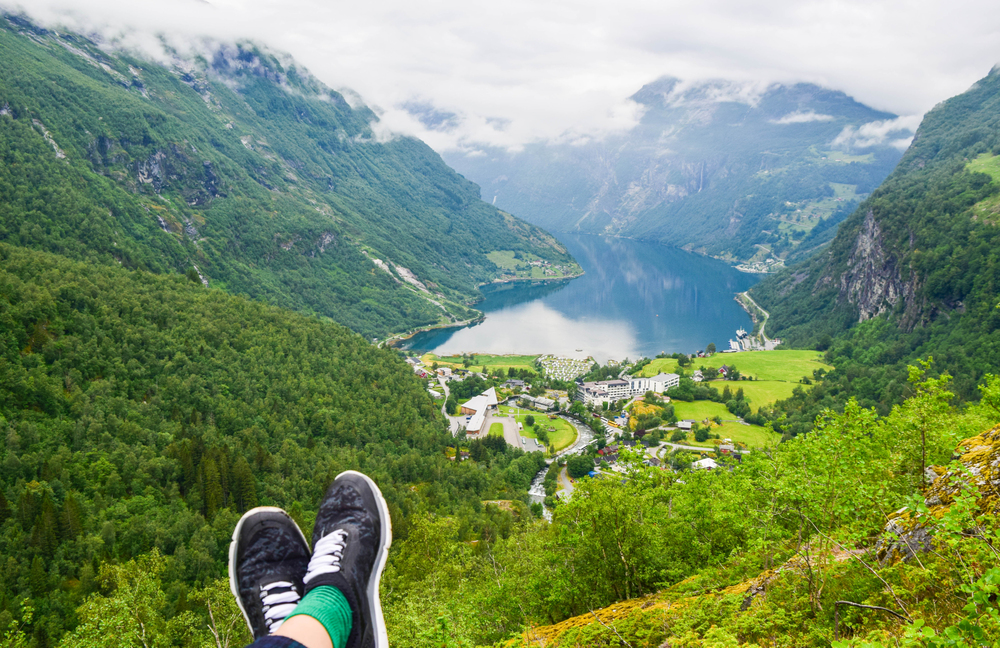
These natural differences between Norway and Iceland create complementary, rather than competing, experiences for the avid nature enthusiast. Iceland presents readily accessible, otherworldly landscapes shaped by fire and ice, with volcanic terrain not found anywhere else on Earth.
Norway offers a deeper wilderness experience in the shape of ancient forests, complex fjord systems, and mountain ranges that reward longer-term exploration. Together, they represent the incredible diversity of North European environments, demonstrating how differing geological histories create contrasting natural experiences even within the same Nordic cultural sphere.
More from Travel Pug

- 20 Destinations That Were Once Thriving but Are Now Quietly Disappearing
- 13 Destinations Where Tourists Regularly Regret Their Trip
- 20 Once-Popular Beach Towns That Are Now Ghostly Empty
- 10 Under-the-Radar Mountain Towns That Are Both Affordable and Beautiful
- Take a ‘Learning Vacation’ in These 20 Extraordinary Places
Like Travel Pug’s content? Follow us on MSN.
